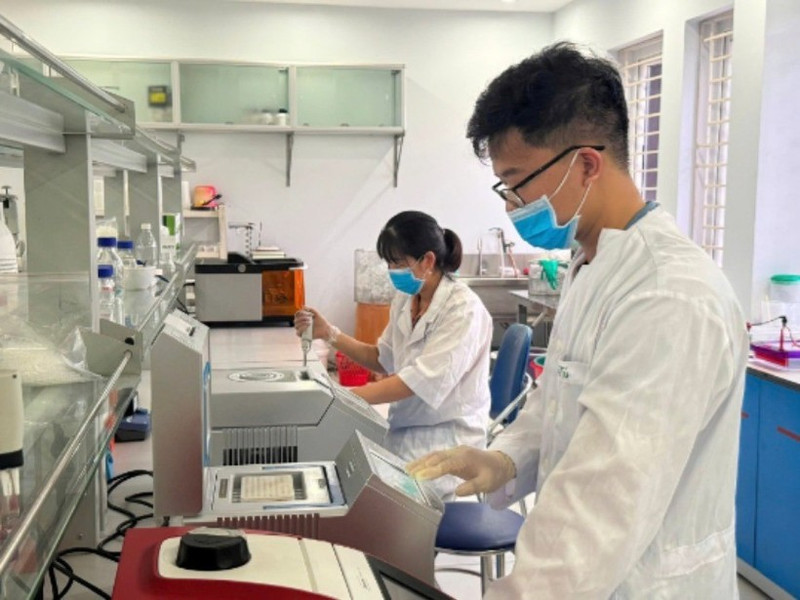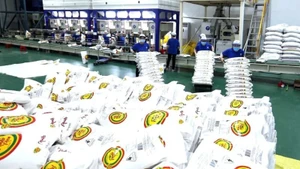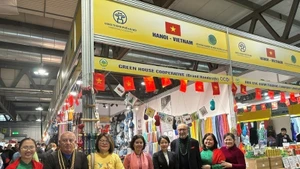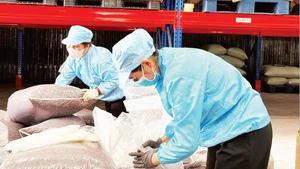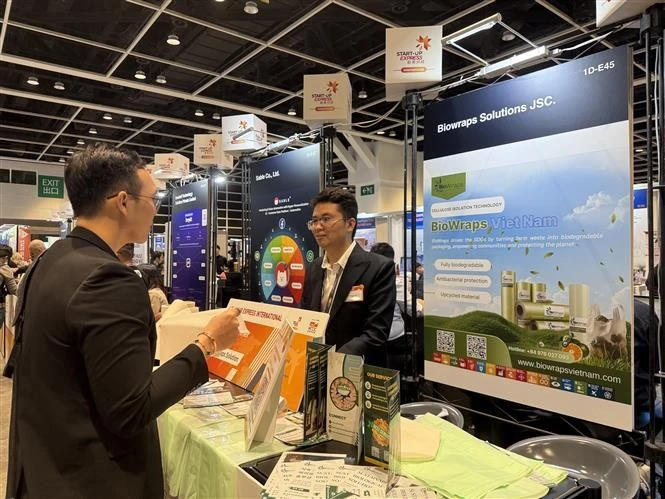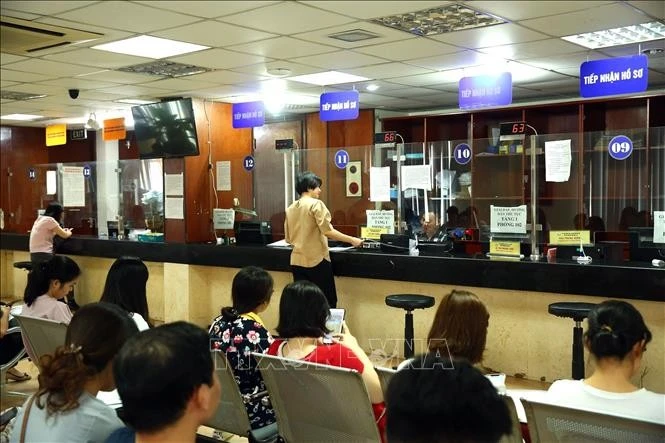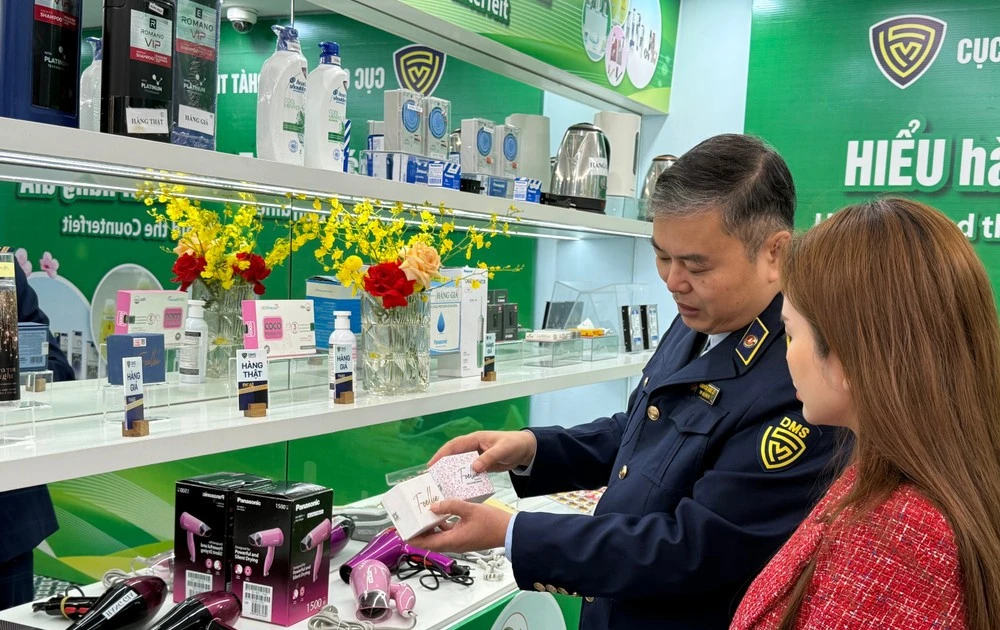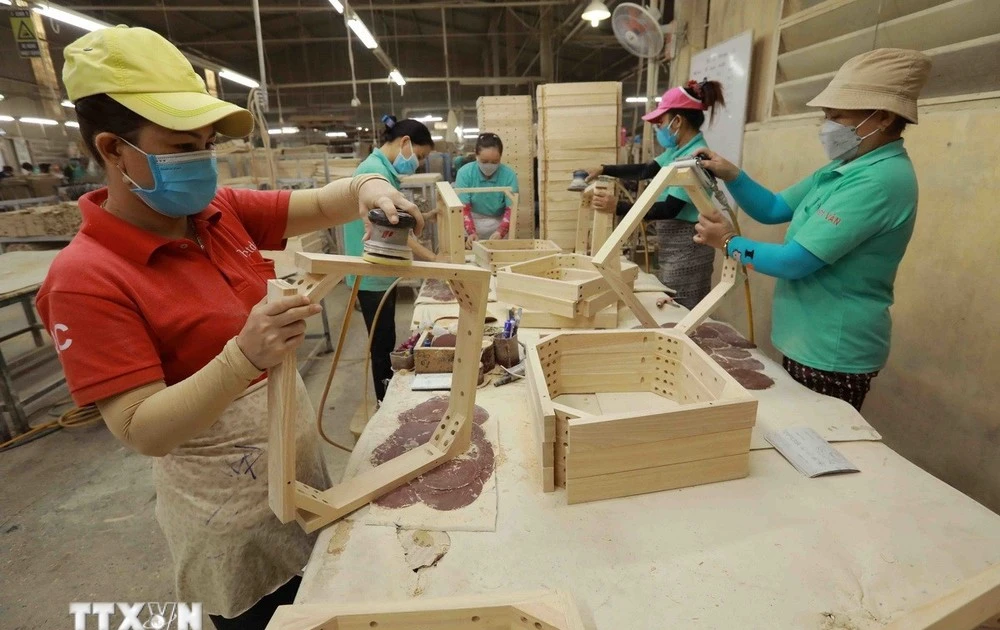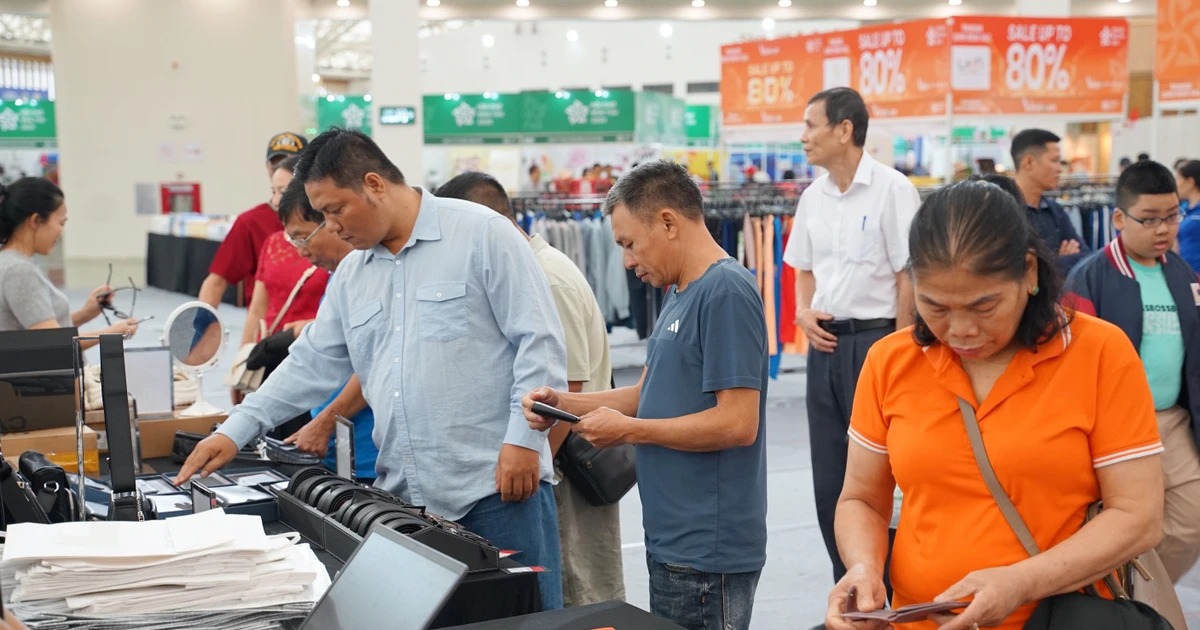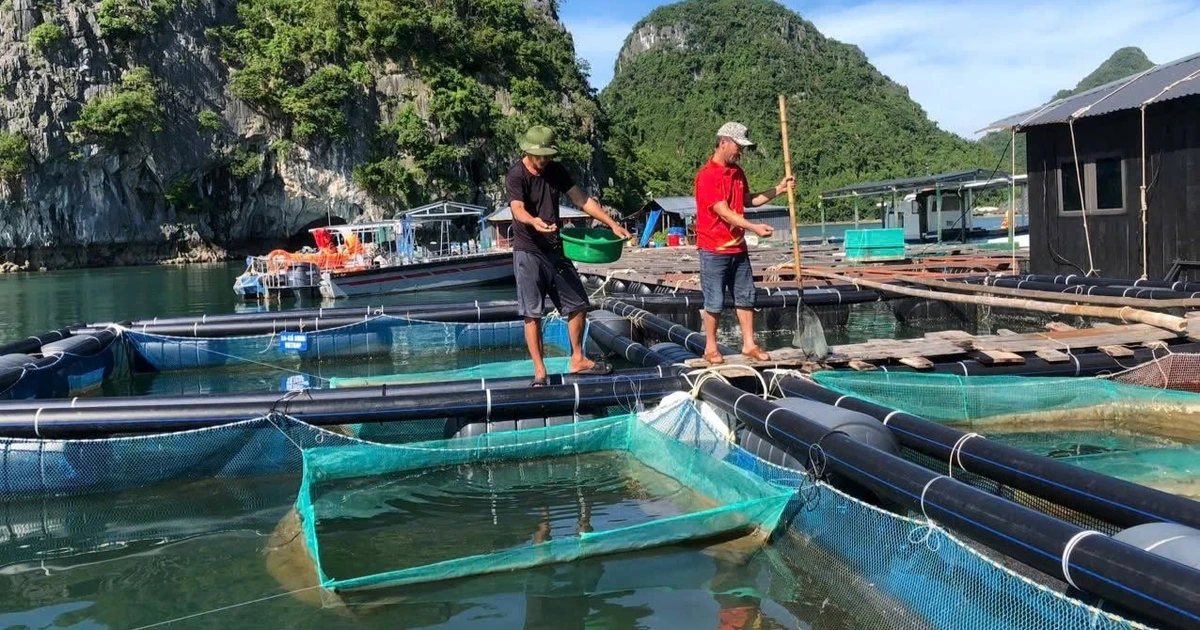In high-tech agriculture, technology is not merely a tool for boosting productivity and product quality; it is the “key” that unlocks knowledge and market access for farmers. However, for technology to demonstrate real value in agricultural practice, an open and consistent policy framework is essential—especially for new, high-risk technologies.
Technology “idle” in the laboratory
According to a report by the Ministry of Agriculture and Rural Development (now the Ministry of Agriculture and Environment), many research outcomes in crop production reflect a clear trend towards high-tech agriculture. In the first half of 2023 alone, affiliated units selected and approved 25 new crop varieties across food, fruit, and medicinal plant groups; they also developed nine intensive cultivation and GACP-WHO-standard management protocols for commodity production.
A typically overlooked link in the value chain—post-harvest processing—has also gained attention from scientists, who have developed advanced technological procedures for key fruits such as bananas, durians, and avocados. These methods not only extend the harvest window by at least 15 days but also improve ripening uniformity to over 95% and extend shelf life to 25 days—meeting increasingly stringent international transport and export standards.
Yet many technologies remain “stuck” in the lab due to a lack of enabling policies—hybrid F1 vegetable breeding is a prime example. Viet Nam has yet to master this foundational high-tech agriculture element, which determines yield, quality, and climate adaptability. Currently, 80–90% of hybrid seeds for crops like cabbage, kohlrabi, carrots, onions, cucumbers, and melons are imported, costing the country over 200 million USD annually.
One key reason why research institutes hesitate to pursue such work is the high cost and risk, coupled with a lack of incentives or risk insurance for scientists. In over a decade, only the Field Crops Research Institute has partnered with Japan’s Vegetable Research Institute to train staff and acquire F1 hybrid vegetable breeding technology. Though they successfully developed an F1 cabbage variety, it remains at the trial stage due to insufficient funding and no long-term support mechanisms.
One key reason why research institutes hesitate to pursue such work is the high cost and risk, coupled with a lack of incentives or risk insurance for scientists.
Another research team from the institute has collaborated with Belgium—renowned for potato breeding and cultivation technology—to develop a digitised potato production process. The system integrates data and digital models to monitor inputs such as seeds, fertilisers, sowing schedules, soil preparation, and irrigation, enabling precise decisions at each stage. If widely applied, this technology could double yields to over 30 tonnes/ha and support deep processing and export. However, it has not yet been transferred to farmers due to policy and funding gaps.
Gene editing is considered a cutting-edge technology and a key indicator of national capability in biotechnology. It holds transformative potential for agriculture—producing crops with better resistance, climate adaptability, faster growth, higher yields, and lower costs.
Since 2017, domestic research institutions have conducted gene editing on rice, maize, and soybeans. Many modified crops are ready for commercialisation, and several companies have requested technology transfers. However, without a legal framework for gene-edited organisms, implementation remains stalled. Dr Do Tien Phat of the Institute of Biology (Viet Nam Academy of Science and Technology) notes that high-oleic soybeans, nutrient-rich tomatoes, and virus-resistant tobacco have been successfully developed and are ready for handover to businesses and farmers.
On June 12, the Prime Minister approved a list of strategic technologies and products, identifying gene editing as a priority for health and agriculture. While this signals the gradual formation of a legal framework, policies must soon be clarified—including a flexible “sandbox” trial mechanism for gene-editing technology.
From policy to people
Experts emphasise the need to remove institutional, financial, and management bottlenecks. Associate Professor Dr Nguyen Ngoc Son, member of the National Assembly Committee on Science, Technology and Environment, argues that the agricultural innovation ecosystem remains fragmented. It lacks regional-scale incubators for testing and scaling high-tech agricultural start-ups. Domestic technology is weak, heavily reliant on foreign equipment, seeds, and software. Moreover, there is insufficient linkage between research institutes, enterprises, and farmers for sustainable knowledge and technology transfer.
According to Dr Do Tien Phat, continued government funding without real-world application of research outcomes not only wastes public money but also intellectual capital.
He advocates a shift from “encouragement” to “enabling”—by “clearing the path”, sharing risks, and fostering multi-stakeholder collaboration. When the state creates favourable conditions, citizens, businesses, and scientists can together build an innovative agricultural ecosystem.
Dr Nguyen Trong Khanh, Director of the Field Crops Research Institute, believes Resolution 57-NQ/TW on breakthroughs in science, technology, innovation, and digital transformation will accelerate technology application in production. He calls for risk-accepting mechanisms and a shift from pre-approval to post-evaluation management of research outcomes.
He cited challenges posed by Decree 70/2018/ND-CP dated May 15, 2018 on managing assets formed through state-funded research. Transferring a new crop variety requires valuation, ministry approval, and production targets for future years. But success depends not only on scientists, but also businesses, markets, and investment—making researchers wary of assuming such risks.
With Resolution 57-NQ/TW, many scientists believe that valuable research products will be actively adopted by the market and enterprises, while the state only needs to conduct post-evaluation after 3–5 years to assess impact—encouraging researchers to transfer their findings with confidence.
This resolution not only helps unlock the value of science and technology but also offers an urgent solution to retain scientific talent in agriculture—where brain drain has been exacerbated by downsizing policies and uncompetitive remuneration.
As Dr Do Tien Phat notes, research funding without application wastes both public funds and scientists’ intellectual contributions. Their work remains unrecognised and uninspiring. Without a bold policy breakthrough, this will continue to erode the pool of high-quality human resources in science and technology—particularly in high-tech agriculture.
